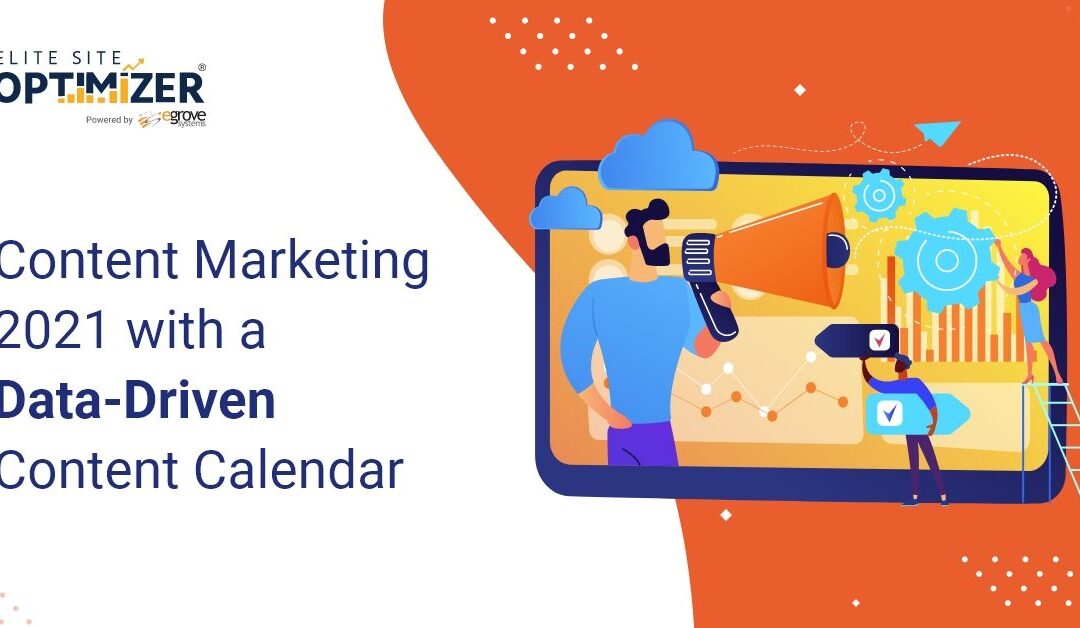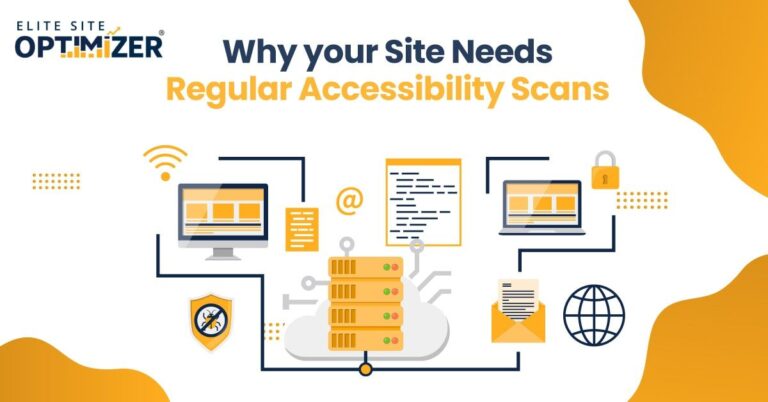Content marketing is a key way to optimize your web presence for SEO and bring in new customers organically. The timing of content marketing is just as important as its quality, which is why a content marketing calendar is extremely important. Running a content calendar lets you plan well in advance of release dates and create a steady stream of content. A calendar can also take advantage of data-driven content optimization. Here are some key factors to consider when setting up your content calendar.
Coordinate with products
For content to be helpful, it should be tied to popular keywords that people are searching for, but also to your products or services. Product marketing strategies will change around the year and as a company grows.
A content calendar can help you find opportunities to tie content marketing in with big milestones in the business. Is a certain product being released or updated? That’s the time to release content marketing related to the right keywords. Is a product going on sale? That’s a good time to promote it more and get attention from search engines. Is a certain season or holiday the time when customers are looking for new products, like cold-weather clothing in the winter or school supplies in September? That’s when your content is most effective, so your calendar can reflect it. These events are predictable, so there’s no reason not to be ready with your calendar.
Maintain a steady flow of content
A calendar is hugely helpful for ensuring that your content marketing budget and time are being used effectively. No budget is infinite, so you want to keep content coming constantly without spending too much time. Daily or weekly visitors are a valuable target audience, so it’s good to commit to releasing engaging content on a regular basis. Tying your content marketing to a calendar will show how to spread out your content. It can also reveal if you aren’t producing enough and need to step up marketing efforts.
A good content marketing calendar will also distinguish between different kinds of content releases and marketing efforts. Color-coding or running multiple sub-calendars can be done to separate between things like blogs, videos, ad campaigns, social media posts, and more. This way, you can easily see if anything is missing. It can also ensure that both editorial and promotional work are done for each content release. For instance, an interview or announcement is accompanied by a Facebook post and a Tweet that links to it.
Read Also:- Sitemap Best Practices in 2021 to Improve Your SEO
Auditing Content
Many businesses adjust their strategy based on a website audit, which should always include a content audit. A content audit finds ways to make your content align better with search keywords, improves its quality and readability, and optimizes it for the web. With a content calendar, the changes that a content audit recommends can be implemented well in advance rather than requiring quick adjustments. New content based on keyword research can be pushed forward in the calendar or commissioned ahead of when it’s needed. The calendar is a convenient tool to check to see if content can be optimized.
A content audit will also show the performance of past content, which can provide targets for content on the calendar to meet. Planning future content in advance provides more opportunities for adjustment and additional promotion.
Collaborate in Marketing
When multiple people are involved in content creation and marketing, they should all be involved in managing the calendar as well. Each individual can add their own input and fill out the schedule in tools such as Google Sheets. This is important considering that there may be individuals with varying levels of responsibility for the calendar. There may be contractors who are less involved outside of their assignment, compared to marketing managers who follow it daily. Tech team members may rely on the calendar if they are uploading content and scheduling automatic news posts. Marketing teams should encourage a collaborative calendar that everyone participates in.
For clear, consistent marketing, a content calendar that goes six to twelve months ahead can keep your goals in line with your strategic marketing plan and maximize the effectiveness of your content over time. A content calendar is a bridge that translates your marketing plan into action.






